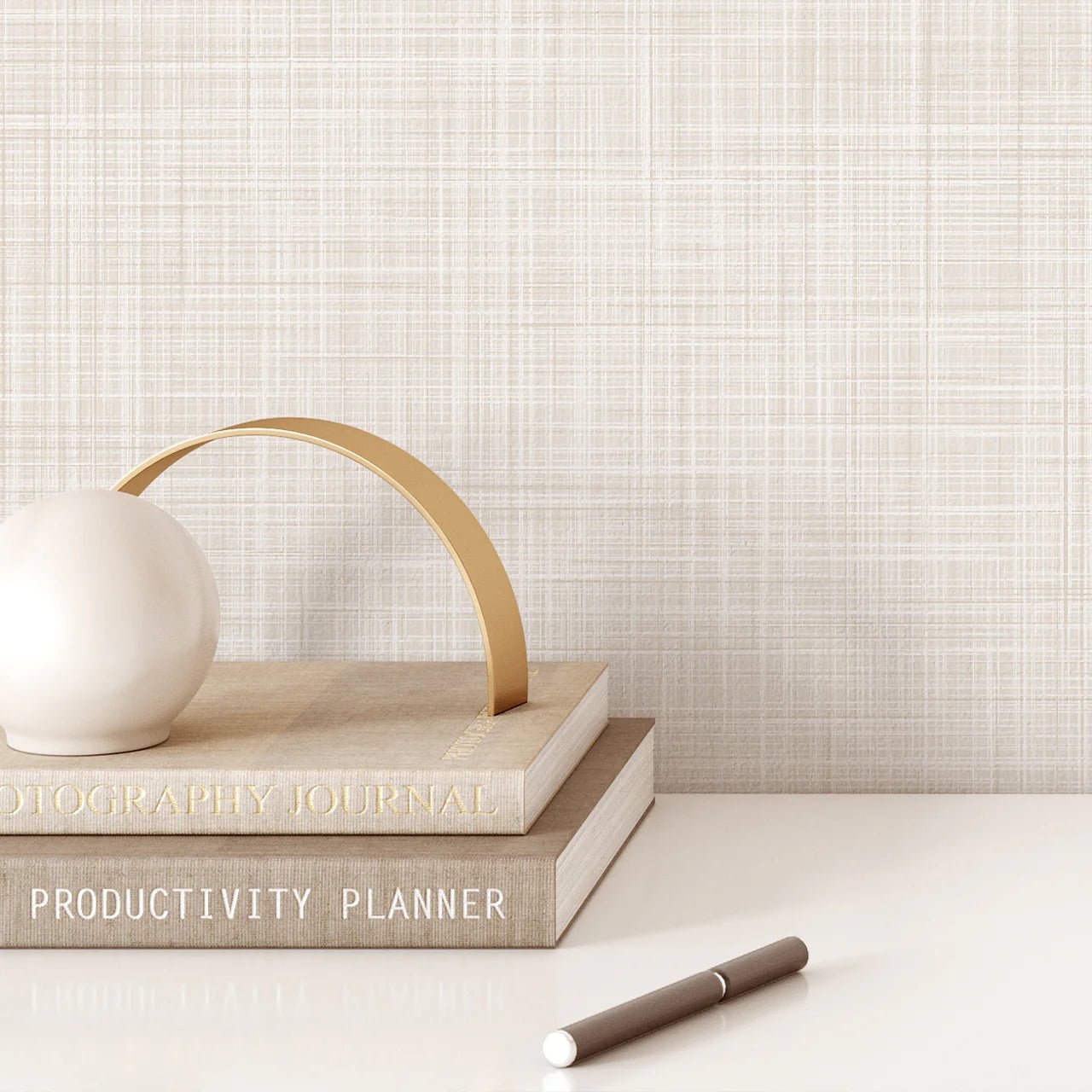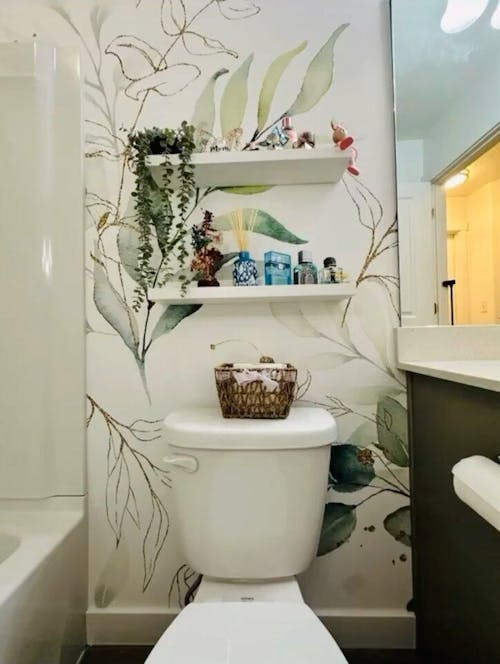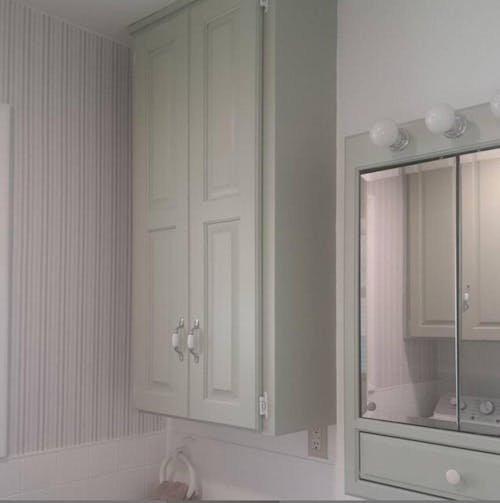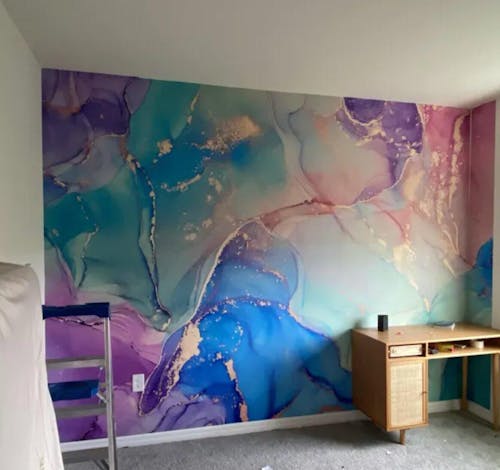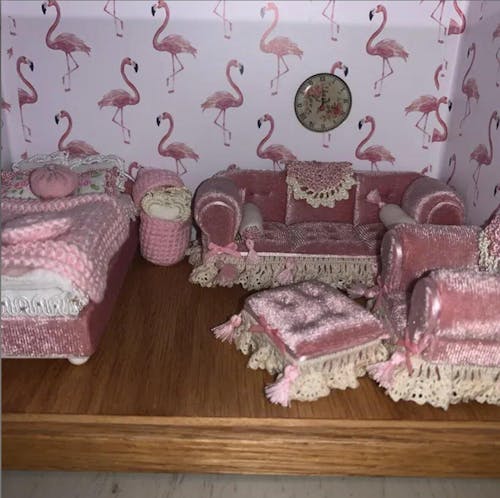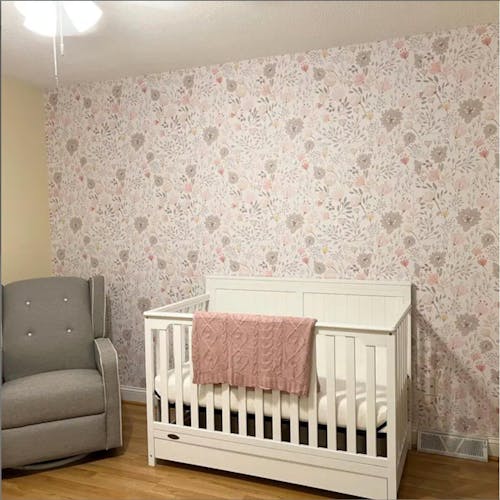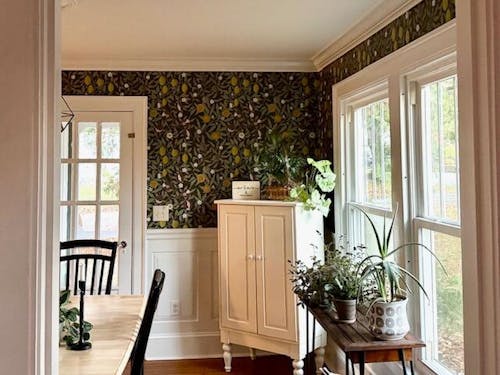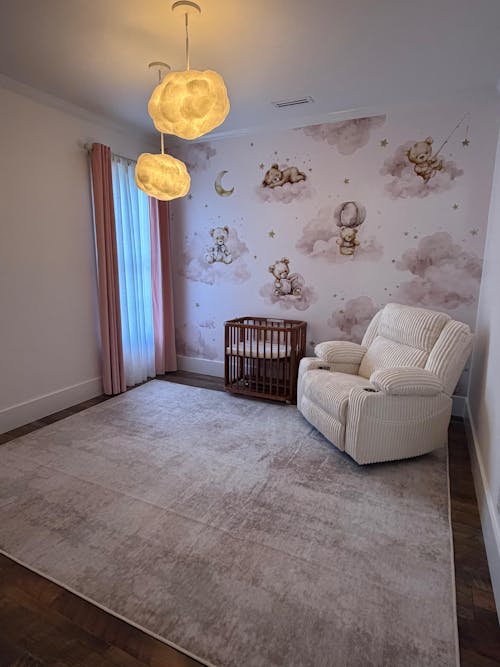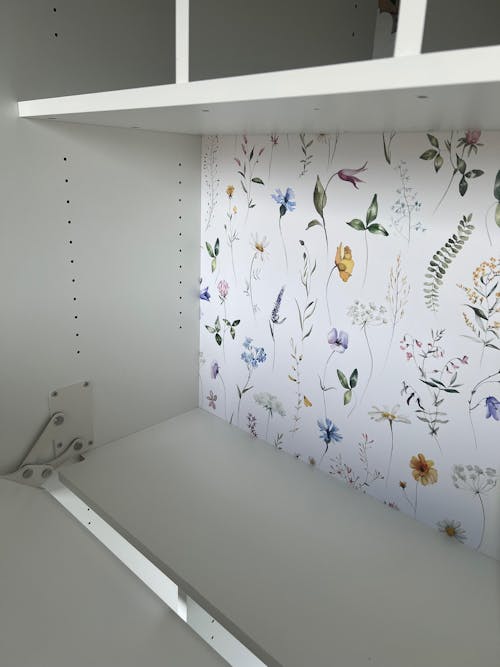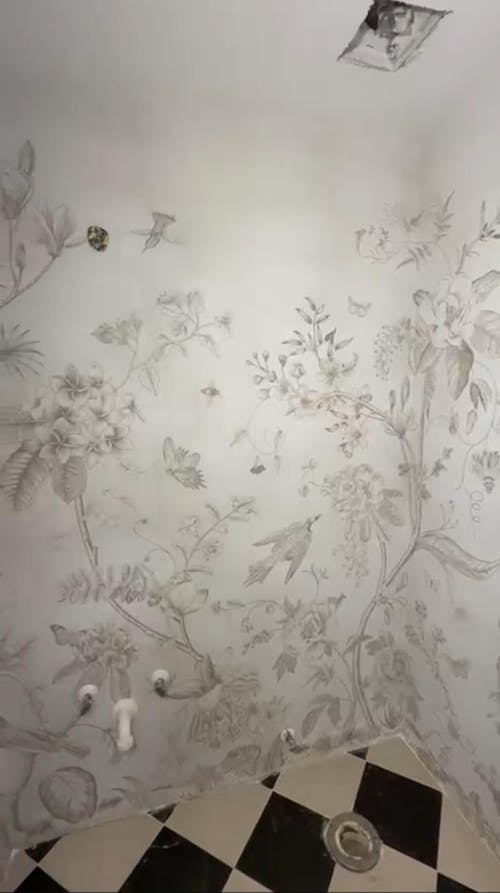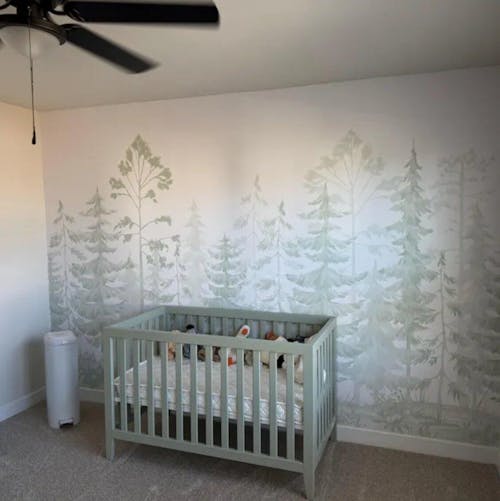When it comes to selecting wallpaper, the finish is just as important as the design. The choice between textured wallpaper and flat wallpaper can significantly impact the overall aesthetic and functionality of a room. In this guide, we’ll explore the differences, advantages, and ideal uses of each type, helping you make an informed decision for your space.
Understanding Textured Wallpaper
Textured wallpaper is all about adding depth and dimension to your walls. It mimics materials like fabric, stone, or wood, creating a tactile and visual interest that flat designs can’t match. This type of wallpaper is ideal for those who want to add character or a sense of luxury to their rooms.
Pros of Textured Wallpaper:
- Hides Imperfections: Textured wallpaper is excellent at concealing wall flaws such as cracks or uneven surfaces.
- Adds Dimension: Perfect for creating a statement wall or enhancing the overall ambiance of a room.
- Versatile Designs: With options like fabric-like textures or embossed patterns, it’s easy to find a style that suits your décor.
Cons of Textured Wallpaper:
- More Challenging to Clean: The raised surfaces can trap dust and dirt, making it harder to maintain.
- Application Considerations: While peel and stick versions simplify installation, aligning textured designs may require extra precision.
Exploring Flat Wallpaper
In contrast, flat wallpaper provides a smooth and sleek finish that works well in modern and minimalist interiors. It’s often the go-to choice for those seeking a clean and contemporary look.
Pros of Flat Wallpaper:
- Easy to Clean: Flat surfaces make cleaning a breeze, making it ideal for high-traffic areas like kitchens and hallways.
- Bold Patterns: Without the distraction of texture, the patterns and colors take center stage, resulting in a crisp and defined look.
- Cost-Effective: Generally, flat wallpaper tends to be more affordable than its textured counterparts.
Cons of Flat Wallpaper:
- Less Forgiving: Flat wallpaper won’t hide imperfections, so walls must be prepped carefully before application.
- Limited Depth: It may lack the dimensional quality that textured designs bring to a room.
When to Choose Textured Wallpaper
Consider textured wallpaper for walls in spaces where you want to create warmth or make a bold statement. For example:
- Living Rooms: A textured accent wall can add sophistication and coziness.
- Bedrooms: Soft, fabric-like textures can evoke a sense of relaxation.
- Dining Rooms: Textured wallpaper can elevate the formal ambiance.
When to Choose Flat Wallpaper
Opt for flat wallpaper if you prefer a modern, clean aesthetic or need a practical solution for busy areas. Great uses include:
- Kitchens: Flat designs are easy to clean and maintain.
- Home Offices: Create a sleek, distraction-free backdrop.
- Small Spaces: Light-colored flat wallpaper can make a room feel more spacious.
Choosing the Best Wallpaper Finish
When deciding between textured vs flat wallpaper, consider the following factors:
Room Functionality: For high-traffic areas, flat wallpaper with washable surfaces is a practical choice. In contrast, textured wallpaper works well in spaces where visual appeal is a priority.
Style Preference: If you love intricate details and a luxurious feel, opt for textured wallpaper. For a modern, clean look, flat wallpaper is the way to go.
Wall Condition: Textured wallpaper can mask imperfections, making it a great choice for older walls. Smooth walls are better suited for flat wallpaper.
Final Thoughts
Choosing between textured wallpaper and flat wallpaper ultimately comes down to your personal preferences, the room’s purpose, and the overall aesthetic you want to achieve. Both options have their unique advantages, and with peel and stick wallpaper, you can enjoy the freedom to experiment with different looks without a long-term commitment. Explore the possibilities and transform your walls into a stunning expression of your style!
